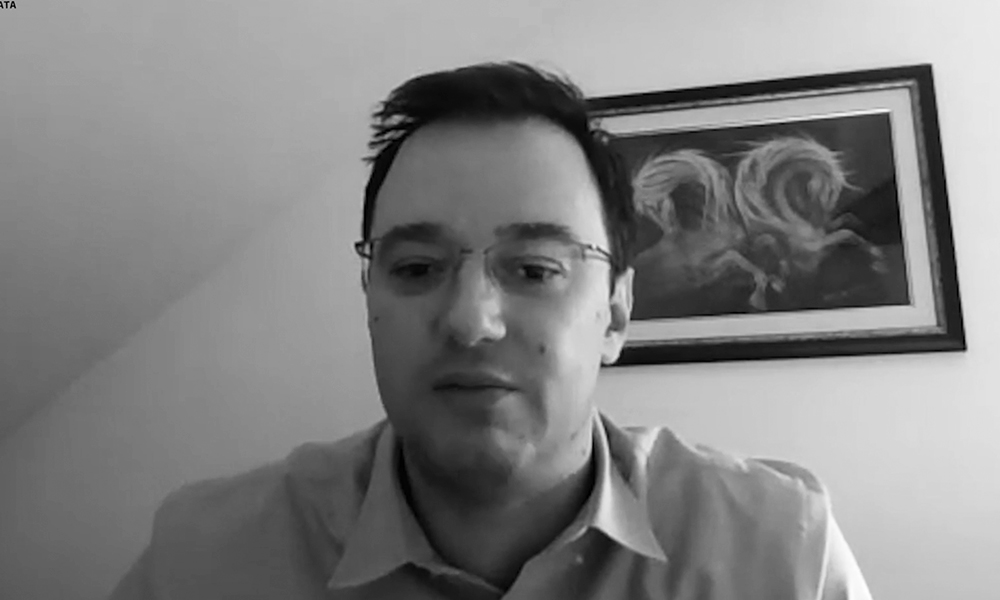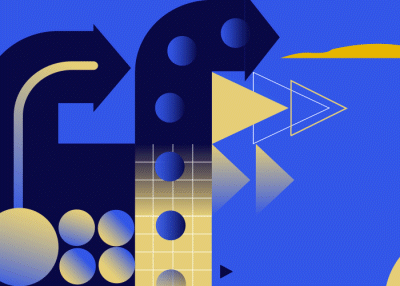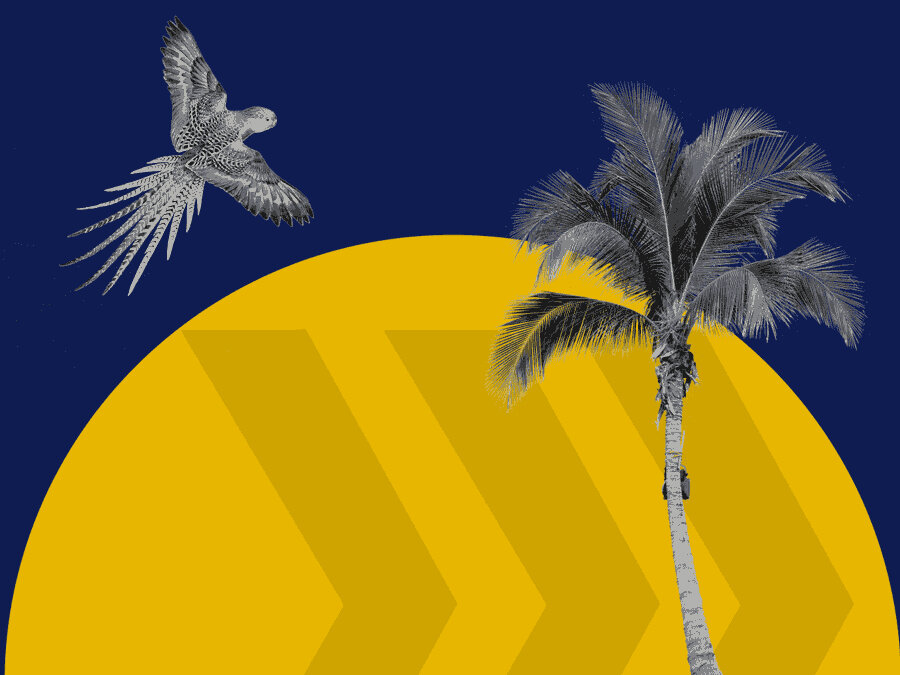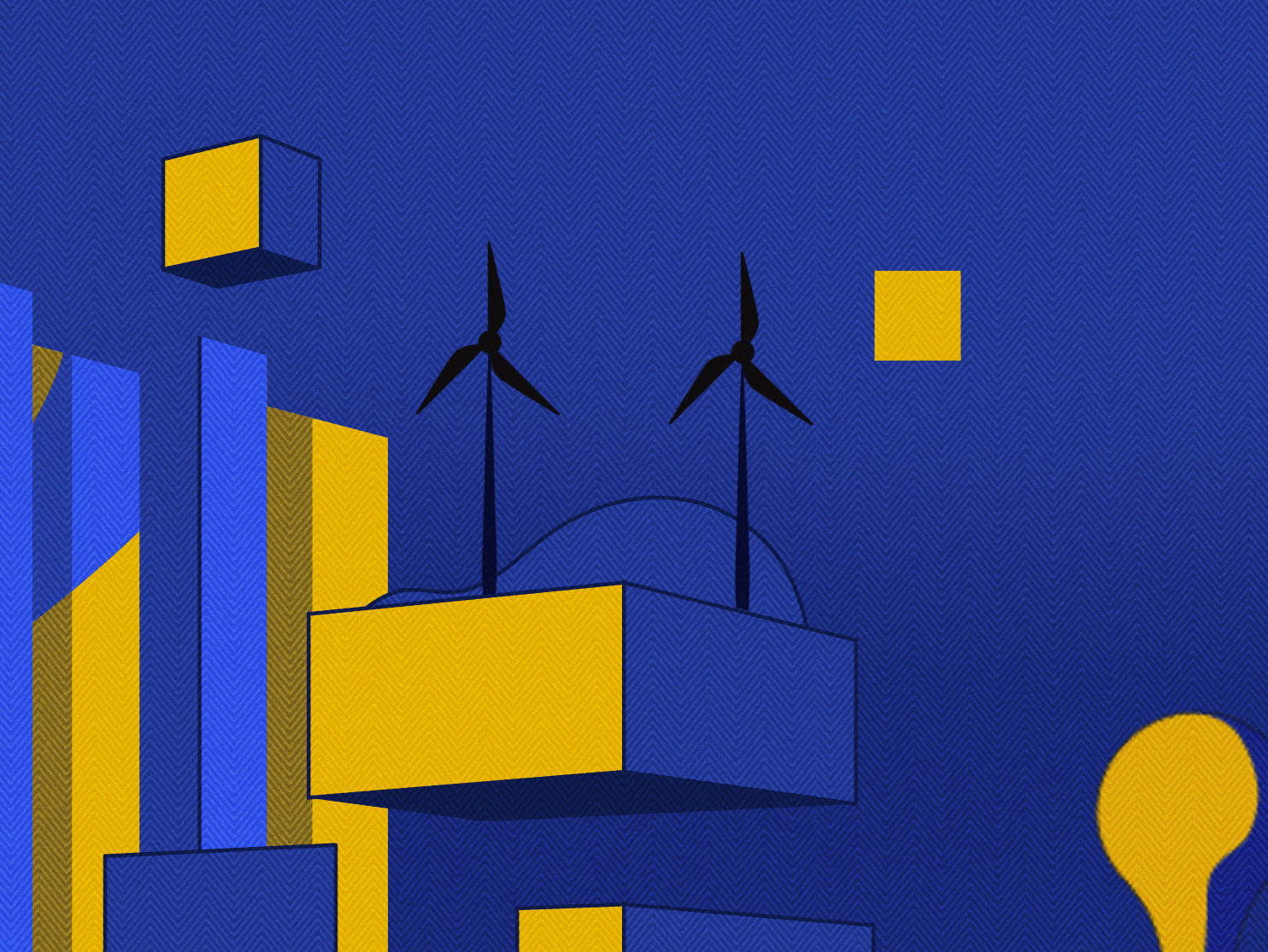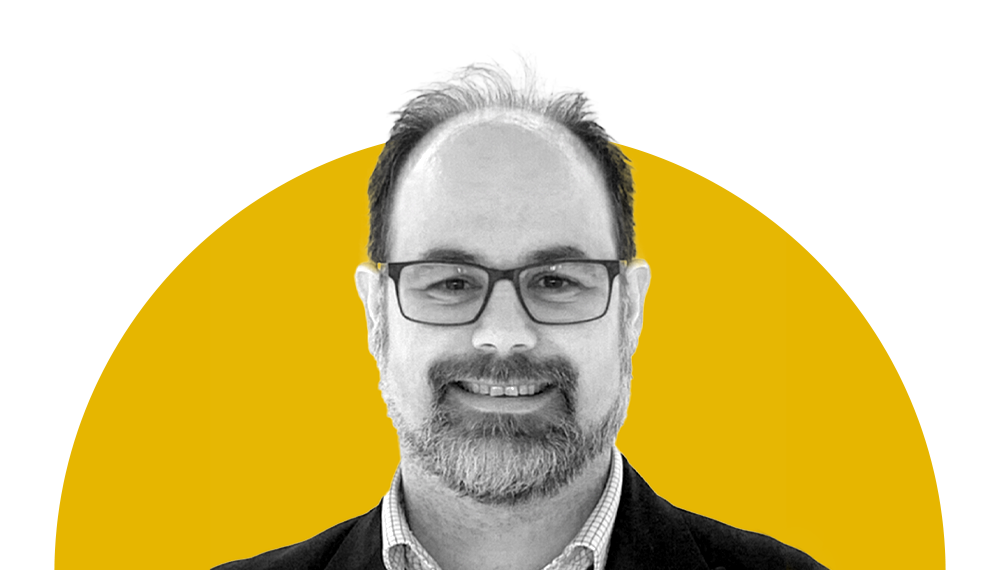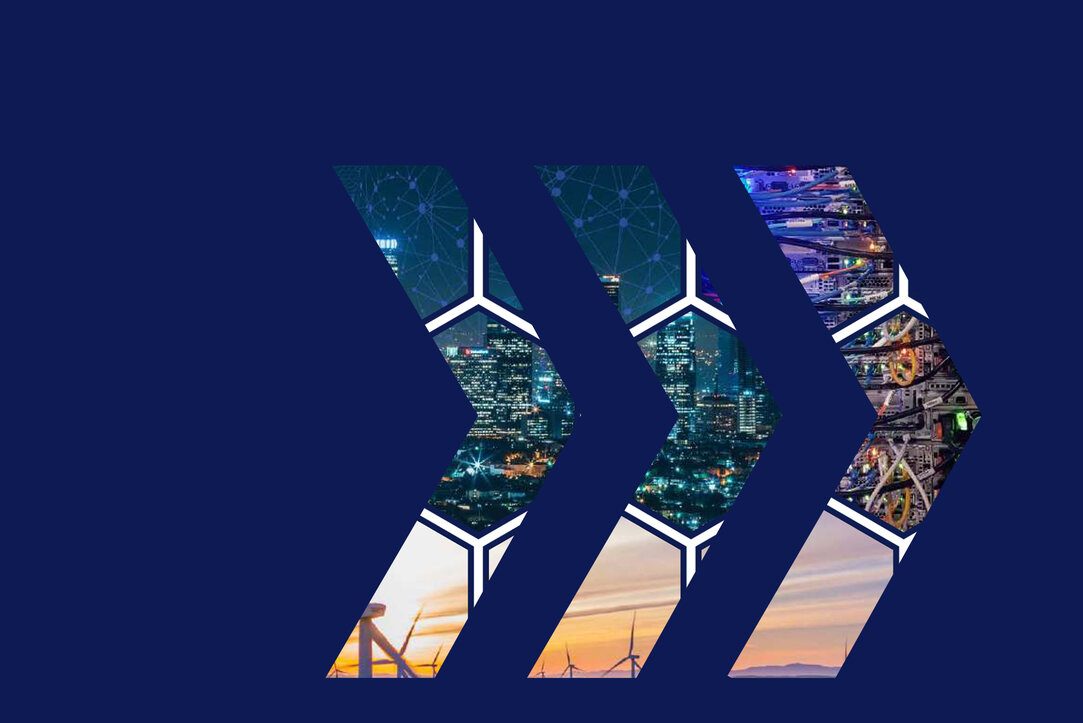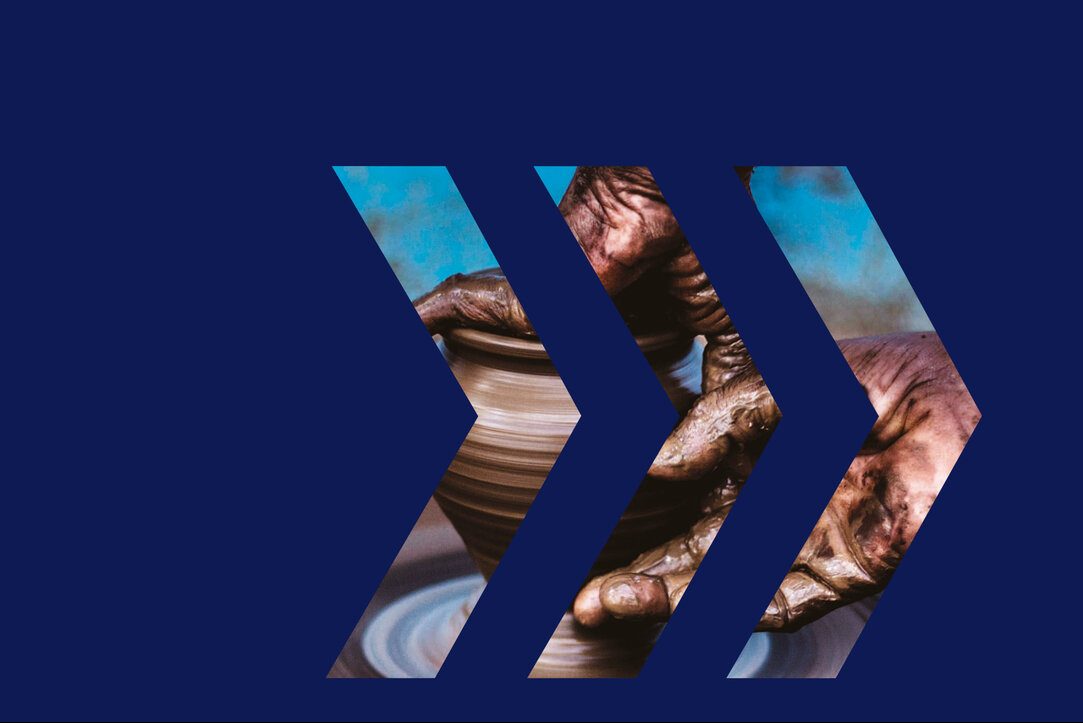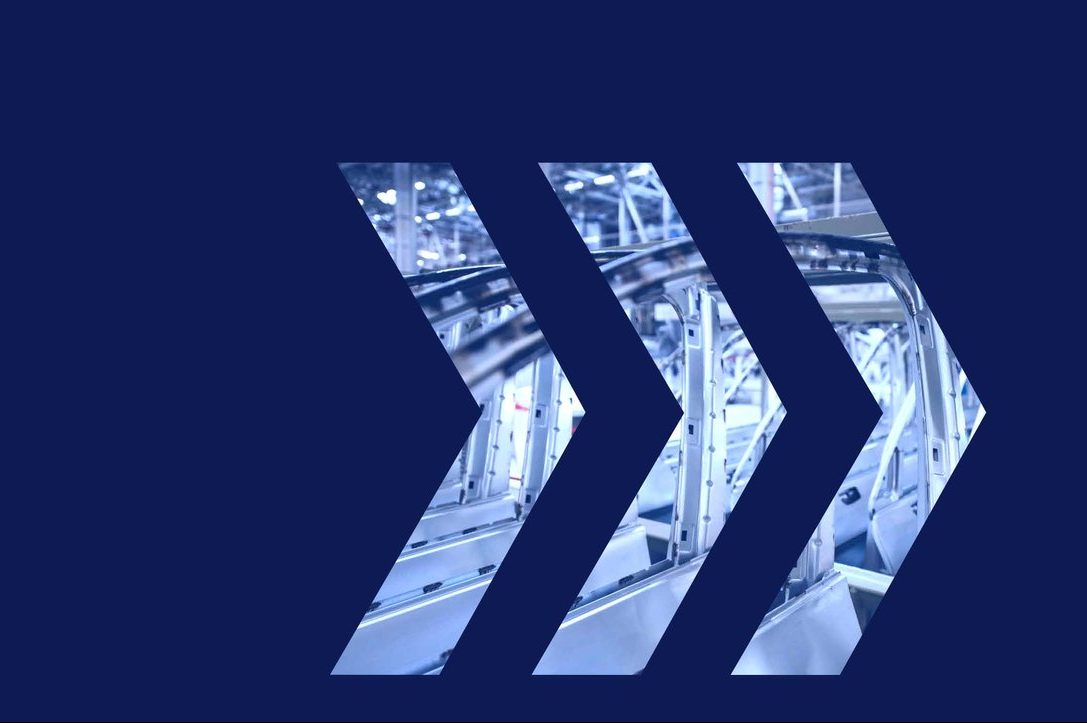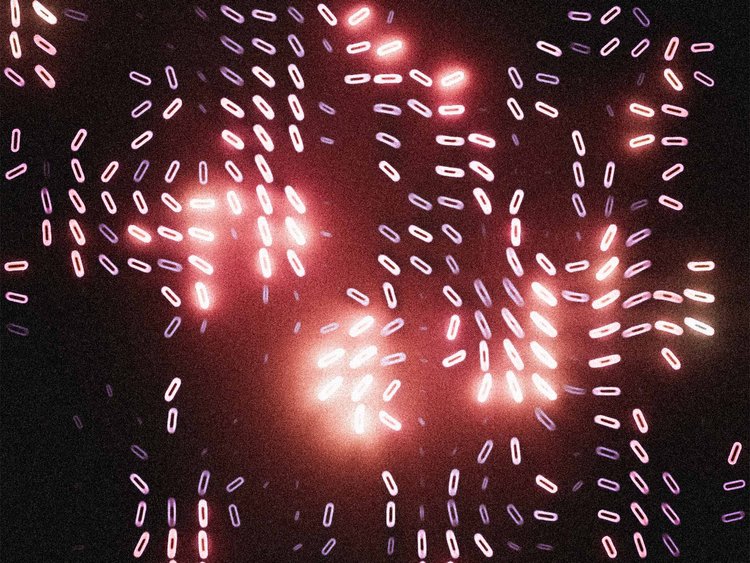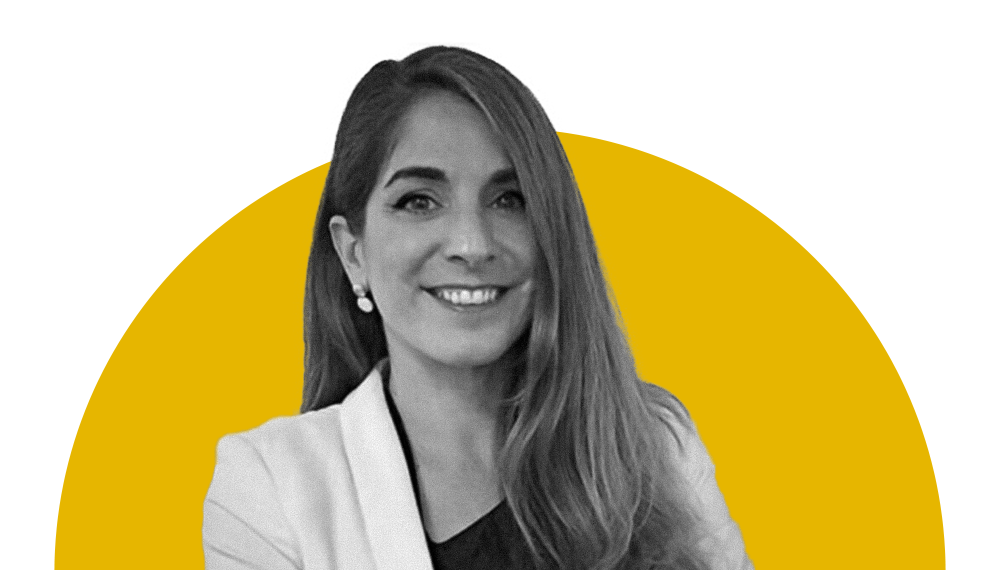1 in every 54 children in the world is diagnosed with autism. Despite being a widespread condition, many of us still don’t know enough about Autism Spectrum Disorder (ASD), and how it can affect children in areas such as education and communication.
One of the main challenges autistic children face is the diverse nature of each child’s experiences. Every child is unique and will respond best to certain kinds of communication and teaching. For autistic children, being able to tailor the method of communication so it takes these individual characteristics into consideration is vital in providing the best possible approach to education.
The foundational drive of Tangity is to humanise complexity, and this belief is no more apparent than with the 20/80 projects. The idea of the programme is to encourage designers to come forward and propose an idea that has a tangible human impact and can be of benefit to wider society.
This is where innovation in technology can help. Advances in automation and AI mean we are increasingly able to create products and services individually tailored to the needs of each user. It’s this possibility that inspired the team at Tangity to propose ‘The AIDA Project’. By bringing together elements from design and AI, as well as drawing on expertise in IoT and VR, we hoped to create a unique system that could give caregivers and educators the information they need. Today, I’d like to share with you how the project was conceived, the challenges we faced along the way, and finally how we were able to bring it to life.
How it started
Tangity, a global network of design studios, was launched last year as a means of creating a community of designers from across the NTT DATA network. The foundational drive of Tangity is to humanise complexity, and this belief is no more apparent than with the 20/80 projects. The idea of the programme is to encourage designers to come forward and propose an idea that has a tangible human impact and can be of benefit to wider society. Once agreed upon by the group, designers are then able to spend 20% of their working hours devoted towards these social and humanistic non-profit projects, giving them the opportunity to turn their skills towards a cause that is close to their heart.
The AIDA project is a shining example of the potential of these projects. It seeks to change the perspective around autism and take the individual characteristics of each child into account. Consistency in communication and education is vitally important in this area – a fundamental fact only heightened by the pandemic. With many children having to transition from school to home and back to school at short notice, it has been a challenge for caregivers to provide their child with the continuity they desperately need.
By leveraging the latest innovations in automation and AI, we realised there was a way we would be able to give caregivers the tools they need to adjust the context to the child’s needs, and provide this much-needed consistency.
The method
Having identified a way we could help, conducting a stringent and thorough research programme was the first important step. Our AI and design experts had to create their own dataset, taking into account any potential human biases throughout. Given the nature of the project, it was vital to adopt an ethical approach that involved collaboration between both designers and AI experts from the get-go. We had to create an AI solution that was considerate of the environment in which it would operate, and could be explainable to the final user.
To achieve this, we needed both qualitative and quantitative data. We were lucky enough to spend some time meeting autistic children in schools, and gain a first-hand understanding of the caregiver experience. By using a combination of interviews, workshops and participant observations, we could better understand the challenges of communication, and utilise this experience to inform our work. Being able to see just how important communication is for meeting the unique needs of each child helped open our minds to a different way of thinking, and ensure the project never lost track of its ultimate goal.
Being able to see just how important communication is for meeting the unique needs of each child helped open our minds to a different way of thinking, and ensure the project never lost track of its ultimate goal.
With this qualitative background, our team of designers, IoT, AI and VR experts could contextualise the creation of an AI dataset, and ultimately create a solution that puts the child’s needs at the centre.
The solution
Following the research stage, our AI and design experts collaborated to produce a scalable system that provides caregivers with the information they need. The first step in the development of the system was the app that collects a child’s preferences over time, as well as information from parents and teachers. Such information will be integrated with other data coming from the other kit devices, biometric and environment data. The app then correlates this data to provide personalised suggestions with the aim of simplifying communication, whilst ensuring all caregivers can have access to the same knowledge.
As mentioned earlier, being able to provide consistency in terms of education and communication is crucial for caregivers and educators, especially during times of disruption. I hope the AIDA Project can become a useful tool in helping such people in their work. The app is currently undergoing real-world testing from caregivers, and should this phase go well, the system will be available to the wider public sometime over the next year.


